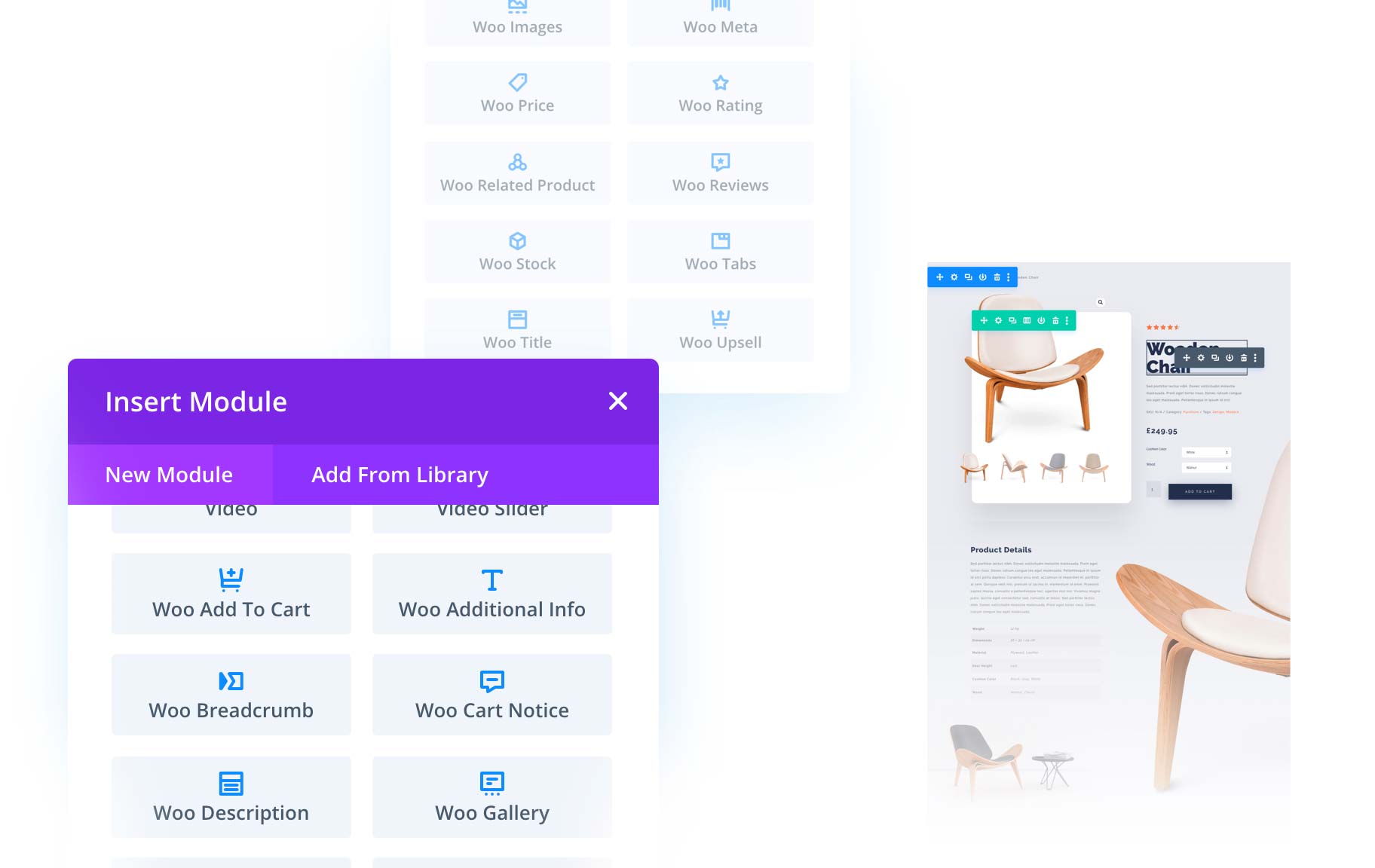Motivating individuals in project management is a key part of managing resources within a project to ensure success. As the younger generations become more prominent in industry i. If you don’t like the video or need more instructions, then continue reading. Install a Theme using WordPress Admin Theme Search. If you’re looking to install a free WordPress theme from the WordPress.org themes directory, then the easiest way is by using the built-in theme search functionality. My goal in this article is to explain what Advent is and to make the case for taking Advent seriously. I also want to add some practical suggestions for how you can celebrate Advent. Journey – A clean & simple Wordpress Blog Theme Made by Indieground Design If you are bloggers, travelers, photographers, illustrators, food lovers or simply you have something important to tell, Journey Theme can be what you are looking for. Tell your story to the World with this unique blog theme for WordPress. Line-by-line modern translations of every Shakespeare play and poem. Definitions and examples of 136 literary terms and devices. Instant PDF downloads. Refine any search. Find related themes, quotes, symbols, characters, and more.
By Tim Pelletier, Chief Technology Officer, Hospitality, Amadeus

While global travel markets continue to wrestle with the implications of COVID-19, one thing is becoming increasingly clear – the crisis will have a deep and lasting impact on the industry. How the industry evolves to address the situation and future-proof their marketing, distribution, and hotel management strategies remains to be seen. But change is imminent.
Health and safety will have a profound influence on the traveler psyche and is consequently what travelers will look for when booking a hotel. To sum up the importance of this dynamic, let’s look at it this way. The marketing strategy for pre-COVID-19 travelers will not work for post-COVID-19 travelers. Moving forward, marketing cannot just be focused on groups like Baby Boomers, Millennials, or Gen Xers. Operating standards for safety, security, and cleanliness will be subject to new, elevated expectations, and marketing practices are going to have to change accordingly. First and foremost there will be a singular segment that blurs the lines between travelers and that’s “Generation Clean.”
As the market rebounds, hotels that best meet new guest expectations for meticulous standards of cleanliness—as highlighted during the shopping experience and evidenced during their stay—will be best positioned to take advantage of upcoming emerging demand.
Shopping Implications
The current crisis has brought with it a newfound understanding of how vulnerable we are in daily life. Even in an impersonal setting such as a grocery store, we now wear masks, wipe down carts and baskets, and maintain proper social distancing as much as possible.
So, in the context of a highly personal setting such as a hotel room, these concerns become greatly amplified, bringing up many questions in the minds of guests. Who last stayed in this space? When was the bedding last sterilized? Can I trust that the cleaning and sanitation safeguards referenced by the property have actually taken place?
These concerns will begin even before guests arrive on property. They will become a primary consideration in the shopping and booking process, necessitating a new approach to the way we visibly communicate, market, and implement expanded sanitation safeguards.
Cleaning vs. Disinfecting
When it comes to housekeeping, there’s a difference between cleaning and disinfecting. Cleaning refers to the removal of dirt and impurities, including germs, from surfaces. Cleaning alone does not kill germs. Disinfecting, on the other hand, works by using chemicals.
To determine if a product is effective against germs such as the ones that cause COVID-19, review the product label and ensure it states “EPA-approved emerging viral pathogen claims,” or search in the agency’s registered product database. Disinfectants should be applied during routine cleaning of guestrooms, common areas, fitness facilities, outlets, and meeting rooms. To make the process easier, consider using equipment such as electrostatic sprayers, foggers, and misters to make sure hard to reach surfaces are not missed.
Linens, towels, and clothing may also become contaminated with the virus, so it is important to add disinfectant when washing laundry. Bed scarfs and bedspreads should be washed using the warmest water setting and dried completely.
New Themes Are Here Introducing Journey And Clean Lines Called
Make sure your staff is supplied with proper personal protective equipment and following specified procedures to remain safe.
Actions to Increase Cleanliness Visibility
Scrupulous cleaning and disinfecting processes and procedures are of course vital to execute the new cleanliness standards that “Generation Clean” will come to value. But those cleanliness standards need to be made visible or they didn’t even happen from the guest’s perspective. To make the most out of your new cleanliness processes, ensure that you’re making your standards clear at all customer touchpoints. This will act as both a potential differentiator against the competition and a value-added benefit for guests.
Make It Part of your Brand
Make cleanliness a part of your brand promise to deliver subconscious reassurance for shoppers that your property will be clean, safe, and secure. Whether full service, luxury, limited service, wellness – brands that incorporate this into their DNA will eventually become synonymous with the higher standard of safety, security, and cleanliness necessary to attract a new generation of loyal guests.
Create “Cleanliness Theater”
Cleanliness theater refers to visible queues provided to on-property guests that demonstrate you take cleaning seriously. Feature prominent signage highlighting any associated materials or technologies (antimicrobial surfaces, air/water filtration, etc.), display cleaning or sanitation-related industry certificates or accreditations. Ensure housekeeping, maintenance, F&B staff, and other relevant team members are constantly seen cleaning and wiping down door handles, countertops, floors, and surfaces in high traffic areas. After all, perception is reality. Reinforce the brand promise you make by consistently demonstrating your commitment to cleanliness in a visible manner. To learn more about cleanliness theater, we recommend this article from Larry Mogelonsky of Hotel Mogel Consulting Limited.
Communicate a Culture of Clean
Meeting the new expectations of “Generation Clean” begins long before your guest’s arrival. In addition to making cleanliness part of your brand promise, you’ll want to highlight your unique “culture of clean” by leveraging the capabilities of your central reservations system and booking engine to make your property attractive to shoppers. Use social tags to call out special cleaning technologies. Capture images and videos that show your sanitation procedures in action, and position your property as safe, spotless, and germ-free.
In-room cleanliness or wellness-focused amenities will likely be well received in a more health-conscious era. This can easily be personalized, communicated, delivered, and automated with the help of customer relationship management (CRM) and service optimization solutions. Thoughtful in-room offerings can be translated into meaningful hands-off experiences, ensuring guests return to where their individual needs are known and met.
Don’t forget to support cleanliness perception in guest communications post-booking. Leverage your CRM solution to ensure that your pre-stay, on-property, and post-stay communications acknowledge your cleanliness procedures and point towards any additional information guests may require. Include questions about the cleanliness of your property in post-stay surveys and ask guests to point out any areas that require improvement to help stay ahead of the concerns of “Generation Clean”.
In this new era of hospitality, the Amadeus Service Optimization suite of solutions—which enables hoteliers to manage housekeeping, cleanliness, maintenance, and other vital operational tasks with efficiency—are now accessible at special limited time pricing to support hospitality recovery. Click here to learn more.
For more information and insight into hotel best practices in challenging times, visit our dedicated crisis management library.
Compared to established companies, startups often have to play by different rules. They are just starting their journeys into the business world and face additional challenges to conquer early on.
One of the biggest challenges is marketing. Because startups have little to no brand recognition and often offer a niche product or service which might be difficult to explain to outsiders, a foray into marketing has to be carefully considered. Whereas other companies may make use of tried-and-true techniques, startups have to be more creative in order to succeed.
5 Key Steps to Market Your Startup
1. Identify your key audience and influencers
New Themes Are Here Introducing Journey And Clean Lines Along
Before you take one step, first identify where you will market your product. A staggering 42 per cent of founders cite a lack of market need as the number one reason for failure. Even if you have an outstanding product or an excellent service, it is absolutely useless unless people actually want to use it.


Of course, that’s not to say you should only cater to an existing audience. Steve Jobs famously said that people don’t know what they want until you give it to them.
For instance, smartphones were adopted extremely quickly, yet few people could have predicted their popularity. Even so, you must understand exactly who your product will be marketed toward so you can create relevant content and marketing campaigns that will actually interest your audience.

How to Choose a Market
- Size
- Wealth
- Competition
- Value Proposition
